
The Mecca of Vietnamese Buddhism
Latest
| TIN LIÊN QUAN | |
| Life-long love for Ha Noi | |
| The traditional meals in Vietnam | |
An old folk song says:
“Whoever has decided to adopt the faith of Buddha
Can find peace of mind only after passing by Yen Tu”
Mount Yen Tu (1,068) about a hundred kilometres east of Ha Noi and fifty kilometres west of the famous Ha Long Bay, is part of the Dong Trieu Mountain Range. Its wild beauty has hardly been touched by tourism. The Phu Van Pagoda (Floating Cloud) was built during the reign of the Ly Dynasty (1010-1225). It had attracted many hermits including Taoist priest An Ky Sinh who came to pick medicinal herbs (the name Yen Tu - Master Yen - comes from An Ky Sinh, An being also pronounced Yen).
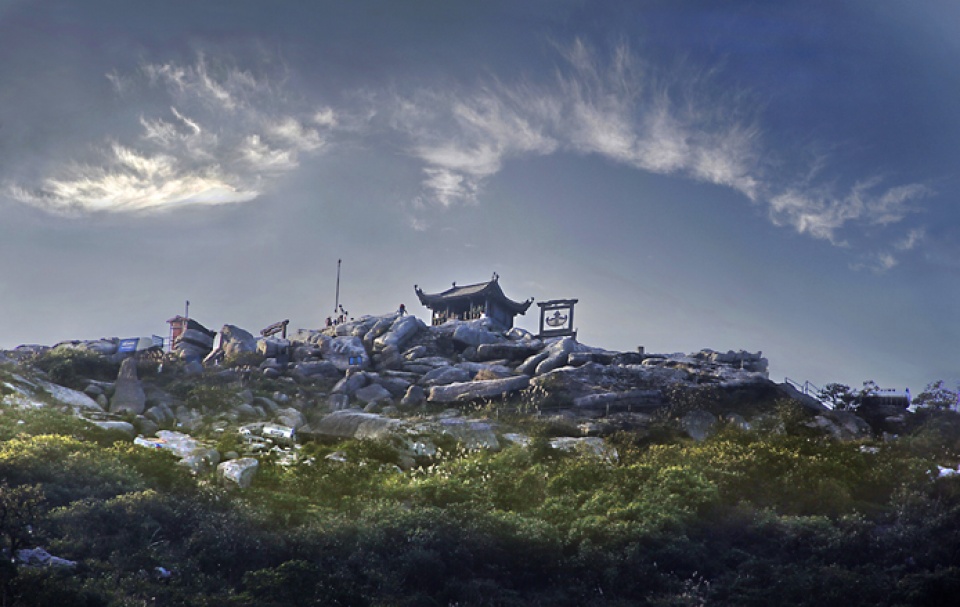 |
| Mount Yen Tu. (Photo: quangninh.gov.vn) |
But mount Yen Tu became the true sanctuary of Vietnamese Buddhism only because of the asceticism of King Tran Nhan Tong (1258-1307), a warrior, diplomat, poet and theologist devoted to Buddha even as he was still living one of the most endearing figures of our history and our culture.
In the middle of the 13th century, the immense Mongol Empire stretched from Beijing to the Volga. His mobile cavalry sowed terror in Asia and Europe. In 1285 the Mongol prince Togan (Thoat Hoan), son of Khubilai Khan, invaded Vietnam with 500,000 troops. After a strategic withdrawal, the Vietnamese launched a guerrilla war.
By the middle of the year the counter-offensive routed the Mongols. Togan fled, hidden in a bronze cylinder. In 1287 another half a million Mongols, reinforced by a formidable river fleet, again invaded Vietnam. The Mongol army was cut into pieces on the Bach Dang River.
Tran Nhan Tong, the soul of the two wars of resistance, was present at this decisive victory (1288). He was then thirty years old. Some time later, loyal to his vocation and Buddhist traditions he retired to Yen Tu to lead a monastic life.
The same king founded a Vietnamese Thien (zen) Buddhist school.
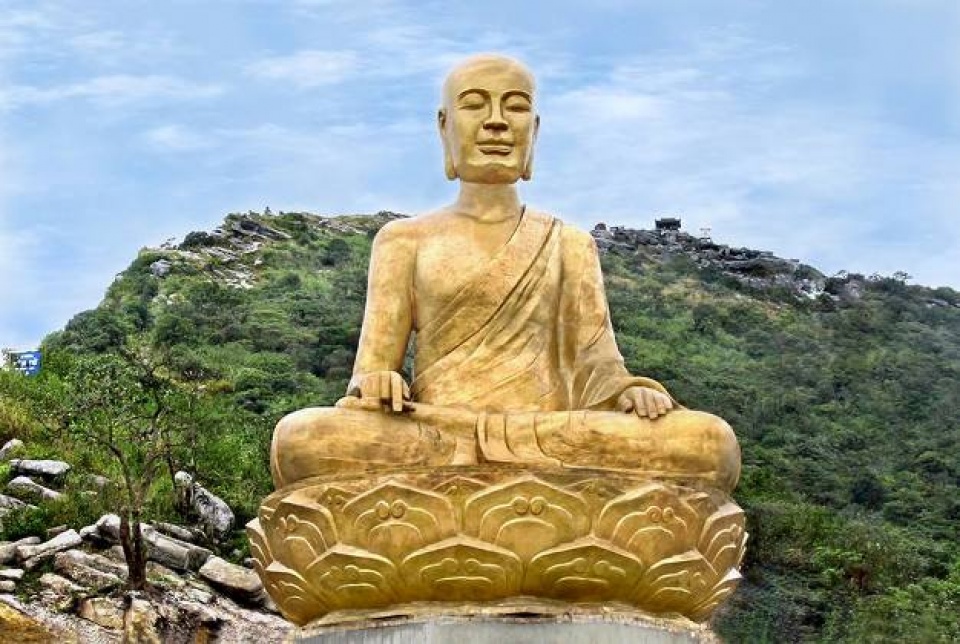 |
| Bronze statue of King Tran Nhan Tong at Mount Yen Tu. (Photo: Zing.vn) |
Buddhism was introduced into Vietnam in the second century. It was more affiliated to Chinese than Indian Buddhism. The Thien sect (dhyana, zen) is one of the ten Buddhist sects of China. Before Tran Nhan Tong, Vietnam had known three Thien school: one founded by Vinitaruci, an Indian bonze coming from China (sixth century); one by Vo Ngon Thong, a Chinese monk (9th century); and by Thao Duong, a Chinese monk brought from Champa by a Ly king (11th century).
Tran Nhan Tong carried on this line by laying the foundation of the Thien school of Truc Lam (Forest of Bamboo) called, no doubt, after the magnificent bamboo groves of Yen Tu. The Thien teaches the immanence of Buddha and special techniques of meditation to achieve immediate enlightenment. It advocates intuition instead of discursive intelligence, without taking the sacred scriptures into consideration.
Following the traces of the king and monk in Yen Tu, we started from Uong Bi Town. For over a dozen kilometres, the road passes through a large valley cut in nine places by the meandering of a stream with limpid water.
The torrent and the pagoda at the foot of the mountain is called Giai Oan (Absolution). This recalls the tragic story of the collective suicide of a group of odalisques who had accompanied their royal husbands up there.
We passed numerous pagodas during our ascent. The mountain presents two kinds of scenery. The lower part is covered by a very dense vegetation including pine and bamboo, and is grooved by torrents.
On the upper part, which is an abrupt slope, there are only rocks, pebbles and stunted plants. What a pleasure, having climbed to the peak, to inhale the fresh air of high mountains while watching the picturesque panorama unfolding beneath one’s feeling. Watching the clouds floating one can comprehend better the Buddhist concept of being and non-being.
Huu Ngoc
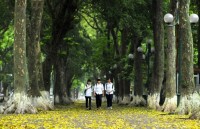 | The trees of Ha Noi In his beautiful album “Ha Noi Eternelle”, Renault-Hoang noted: “With its islets of verdure, its lakes with lotus in their banks, its boulevards lined with ... |
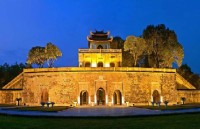 | The Dragon City which is no more Visitors to the ancient citadel of Ha Noi, with its stunning artifacts, delightful architecture and heroic history, would be surprised to know that some of ... |
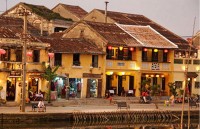 | Hoi An, a 17th century Vietnamese centre of international trade Many foreign friends have been greatly impressed by their visit to Hoi An, a cultural and historical legacy that has no equal in Vietnam, a ... |

















